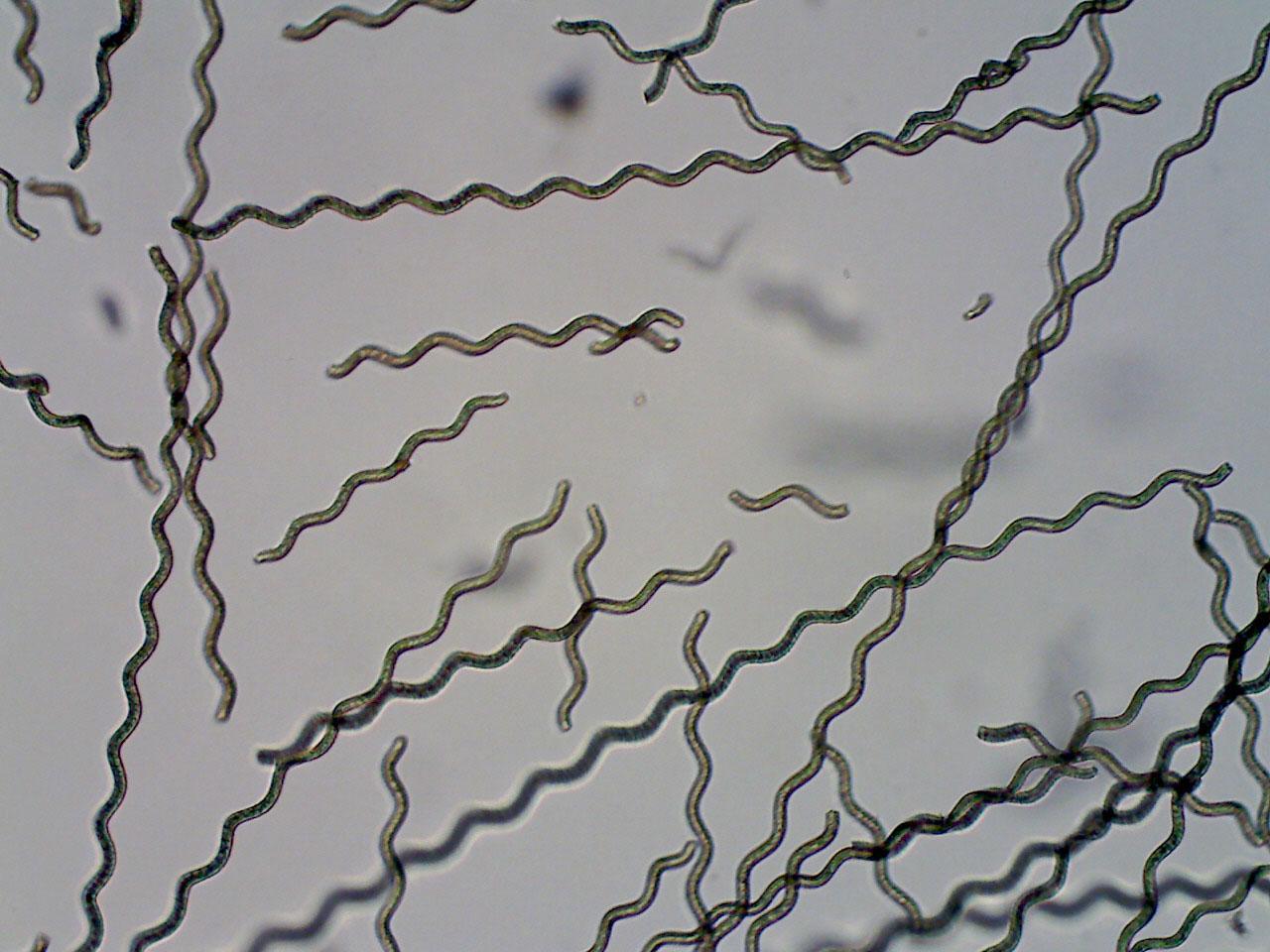Tiny robot designed to fight cancer could be inserted into human body
Biodegradable microrobots could allow doctors to diagnose disease and deliver drugs

Scientists have developed tiny, remote-controlled “microrobots” with the ability to release cancer-targeting drugs, which they hope will one day be used to diagnose disease and administer drugs inside the human body.
Known as “biohybrids”, they are biological cells with useful engineered features added on, namely magnetic particles that allow them to be guided around the body.
But despite their highly technical capability, the robots are made from spirulina algae, a product more recognisable as a health food product than a construction material.
“Rather than fabricate a functional microrobot from scratch using intricate laboratory techniques and processes, we set out to directly engineer smart materials in nature,” said Professor Li Zhang, an engineer at the Chinese University of Hong Kong who contributed to the Science Robotics study.
As a result they were able to make use of the algae’s intrinsic properties.
“For instance, because these biohybrid bots have a naturally fluorescent biological interior and magnetic iron-oxide exterior, we can track and actuate a swarm of those agents inside the body quite easily using fluorescence imaging and magnetic resonance imaging,” said Professor Zhang
This meant the scientists were able to control the robots remotely using magnetism as they moved them to sites in the stomachs of rats.
The devices also released cancer-fighting compounds as they degraded, meaning they could have the potential to treat disease.
“Creating robotic systems which can be propelled and guided in the body has been and still is a holy grail in the field of delivery system engineering,” said nanomedicine researcher Professor Kostas Kostarelos, another team member from the University of Manchester.
The robots are also able to sense changes in the body associated with the onset of illness, an ability that could make them useful tools for diagnosis.
It’s still early days for the robots. Rigorous tests need to be undertaken to ensure that having been inserted into the body, they either degrade naturally without leaving any harmful substances, or else they can be removed or excreted after finishing their work.
One of the key points about this work, said Professor Kostarelos, is that it represents the first example of how such robots could degrade naturally.
The iron magnetic coating helps fine-tune the rate at which the bots degrade in the body.
The real potential of these bots, according to Professor Kostarelos, lies in the potential to navigate them towards “hard-to-reach cavities of the human body” where they can treat or diagnose disease without the need for more invasive methods.
Join our commenting forum
Join thought-provoking conversations, follow other Independent readers and see their replies
Comments